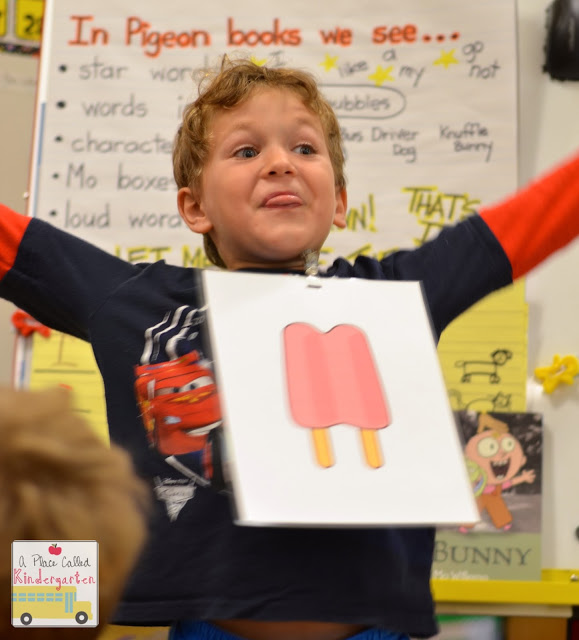Hello Literacy Land friends!
Last month I stopped by to share some information that I learned at a
Smekens Education workshop. The post was all about the power that
punctuation has on fluency. Today I wanted to share just a few more fluency tips that I received and tried out!
Smekens suggested that fluency be taught intentionally. Students cannot work towards something that they don't understand. One way to help this understanding is though a fluency rubric. The rubric is to be created with/by the students and over time. You can check out the other suggestions that they have for this rubric by clicking
HERE.
I really wanted to build some lessons around the idea of this rubric. My thought was that if I built this foundation and the expectation, then students would work towards it throughout the rest of the year. Here is what I decided to do:
Day 1: Introduce the rubric and the term fluency; read "Wolf"
Day 2: Introduce the power of punctuation on fluency with the book "The Monster At The End of This Book"
Day 3: Introduce phrasing using "Wolf" and a
concrete ribbon lesson
Day 4: Practice phrasing
(swoops) and rhythm through poetry
The following terms are used on
Smekens fluency rubric: "robot reader," "skateboard reader," and "robot reader on a skateboard." I liked these terms because I think my first graders can relate to them. They are more concrete than just a smiley face or sad face.
So on day 1I decided to jump right in and explain the three parts to our rubric. Then....we did not add anything else. Instead, I just read to them. I read "Wolf."
If you have not read this book, it is perfect when introducing fluency. The wolf is learning to read. As the story goes on, students get a pretty good understanding of what it means to read with fluency because the wolf goes through these different stages. After listening to the story, my students were able to quickly add to our rubric. They told me that a robot reader may read too slow or too fast but that a skateboard reader is not going too fast or slow. Along with this, they added that robots are choppy and boring, while skateboards are smooth and interesting. (Yes!!!)
As each day progressed, we added to this rubric.
After reading this text on day 2, students were able to tell me that skateboard readers sound like the character and change their voice by using punctuation. Robot readers do not.
The discussion about phrasing on day 3 is a tad bit trickier because I think it is sometimes hard for their little ears to hear how we group words as speakers and readers. I try to make it as concrete as possible by using index cards, ribbons, and lots of movement. You can read my full post about these activities at
Curious Firsties.
On day 4 we actually put the phrasing into action using phrasing swoops with a poem.
This helped all the lessons come together for them and they were able to add even more to the rubric about rhythm and phrasing.
As the lessons came to close (although we will focus on fluency all year long), I realized that they had actually learned a lot about how fluency should sound and not sound. They loved the texts that we read and were very engaged. But most importantly, my first graders came to understand that they would all be robot readers and skateboard readers this year. I told them that as learners we can't be skateboard readers all the time. Reading can be challenging and when it is we sometimes become robot readers. I know I would fall into that part of the rubric if I was reading a medical journal. But I went on to explain that as we read that challenging text more often, we become skateboard readers.
It is the cycle of learning and we are all on it.
Have you tried using a fluency rubric in your classroom? If so, where there any lessons or books that you found to be helpful?













